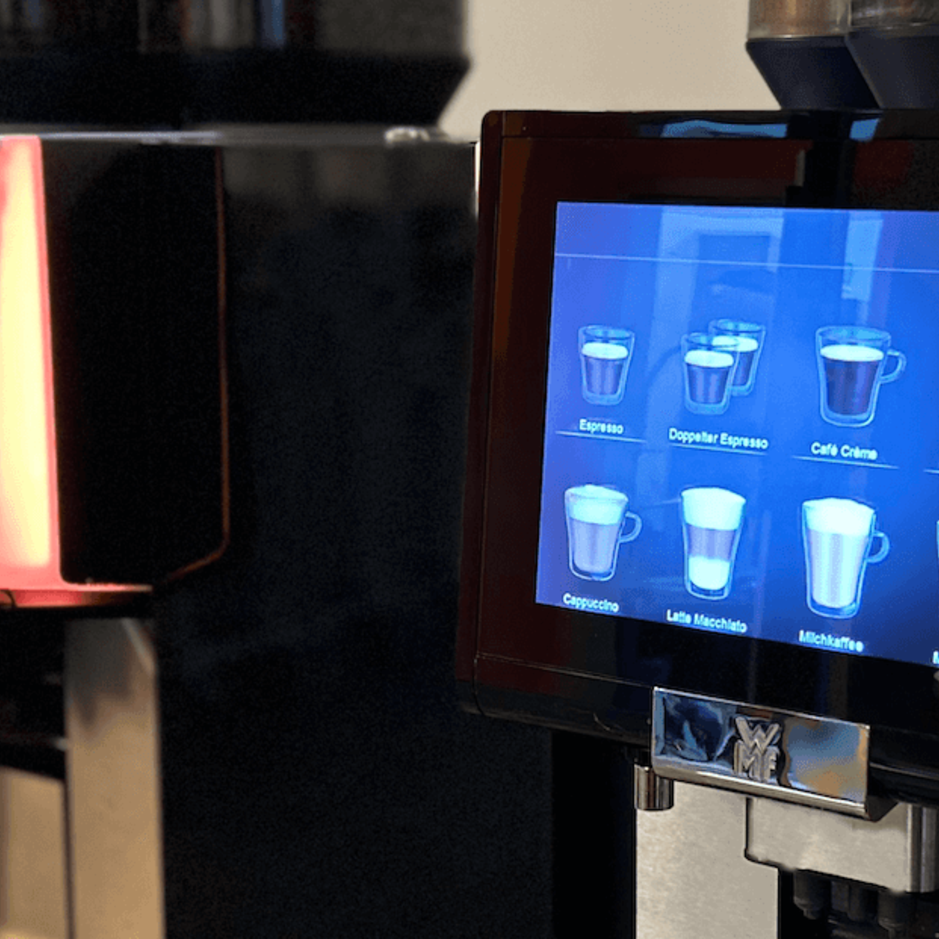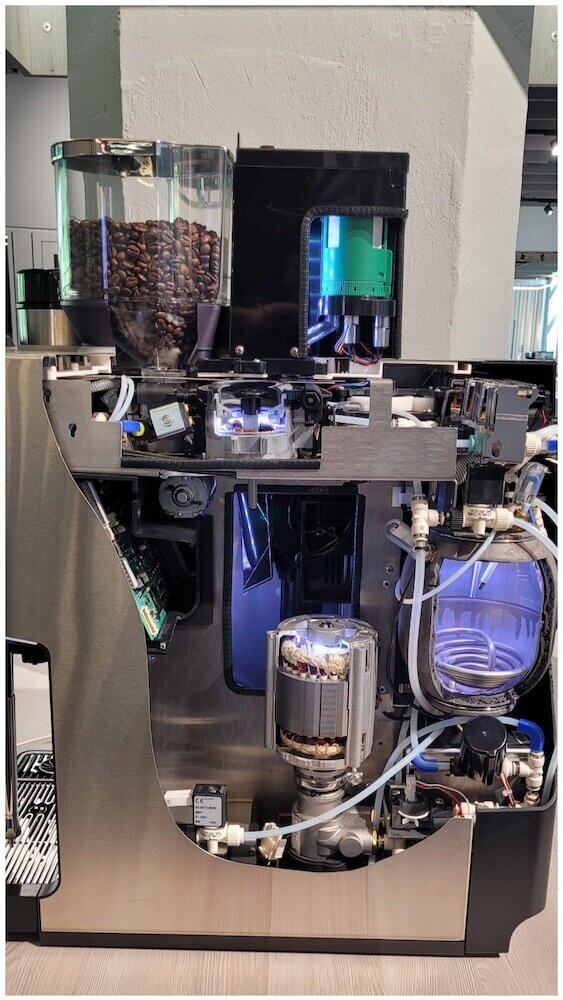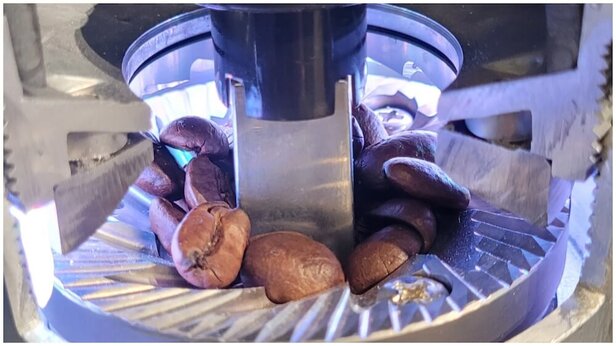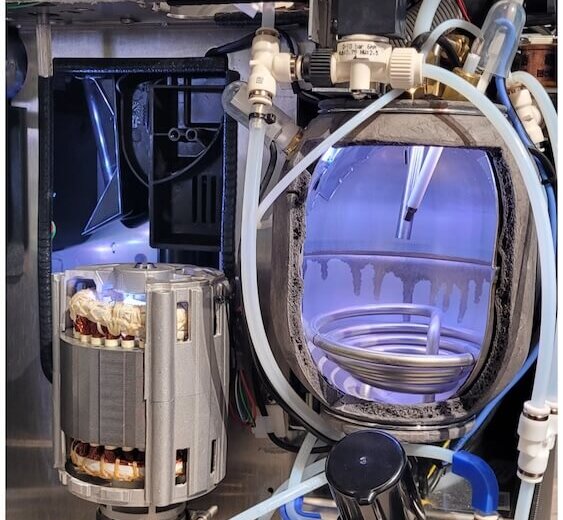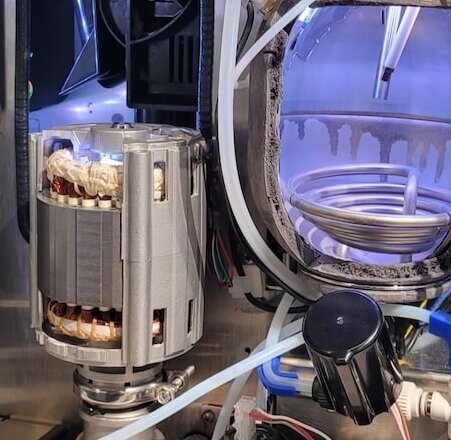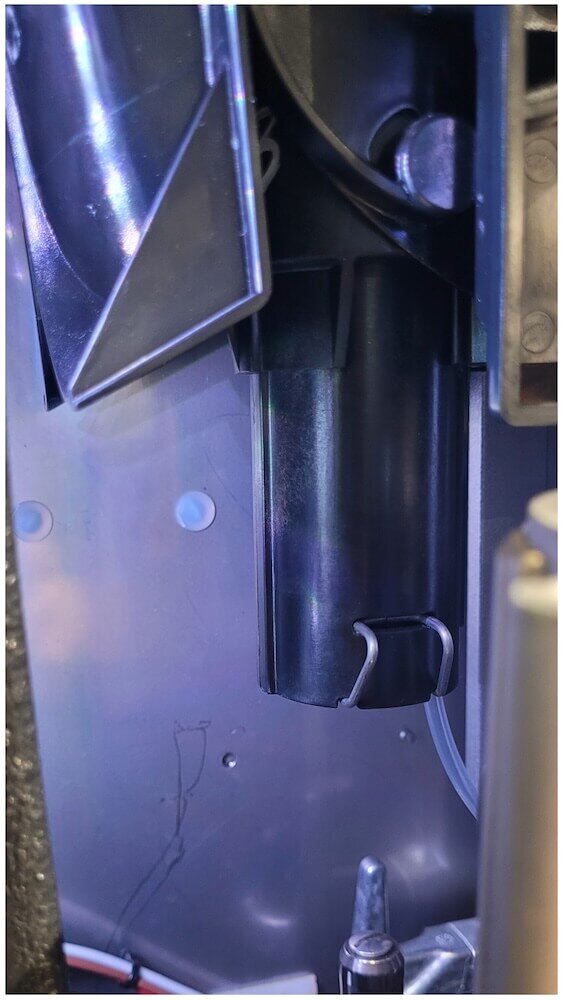Part 1 Fully automatic coffee machines in check
Everything restaurateurs need to know about technology, sources of error and perfect settings.
This blog series is dedicated to the fully automatic coffee machine. This technologically complex machine combines a variety of functions and components. Ideally, it produces excellent coffee at the touch of a button - time and time again. Product sales are high and the staff require no specialist knowledge. The advantages are obvious.
As with any technical device occasional problems such as blockages cannot be ruled out. A technician can quickly remedy this. More serious, however, are faults that are not even perceived as such, such as incorrect incorrect adjustment or basic settings. These prevent the fully automatic machine from making good coffee at all.
In this blog series, we will make you fit for the fully automatic machineWe explain how you can tell if your fully automatic machine is set incorrectly and which steps will help to extend the service life of your fully automatic machine. The text should also help you to choose the the right fully automatic coffee machine for your catering concept.
The first part of this series explains the basics: what is a fully automatic coffee machine, which components are installed and what function they have.
In the second part deals with the different types of faults that can occur, how they can be rectified and the immense influence that daily cleaning of the machine has on coffee quality and durability.
The third and final part explains how to configure the coffee machine correctly to produce the best coffee - time and time again.
Part 1: "The big misunderstanding" or: Sh*t In - Sh*t Out
What is a fully automatic coffee machine? For many consumers and restaurateurs, a fully automatic coffee machine is synonymous with simple operation and coffee preparation designed for convenience. Some would probably also say that a fully automatic coffee machine cannot prepare such high-quality coffees as a portafilter, for example. In fact, this is also possible with fully automatic coffee machines. And it's a shame that fully automatic coffee machines carry this stigma around with them.
